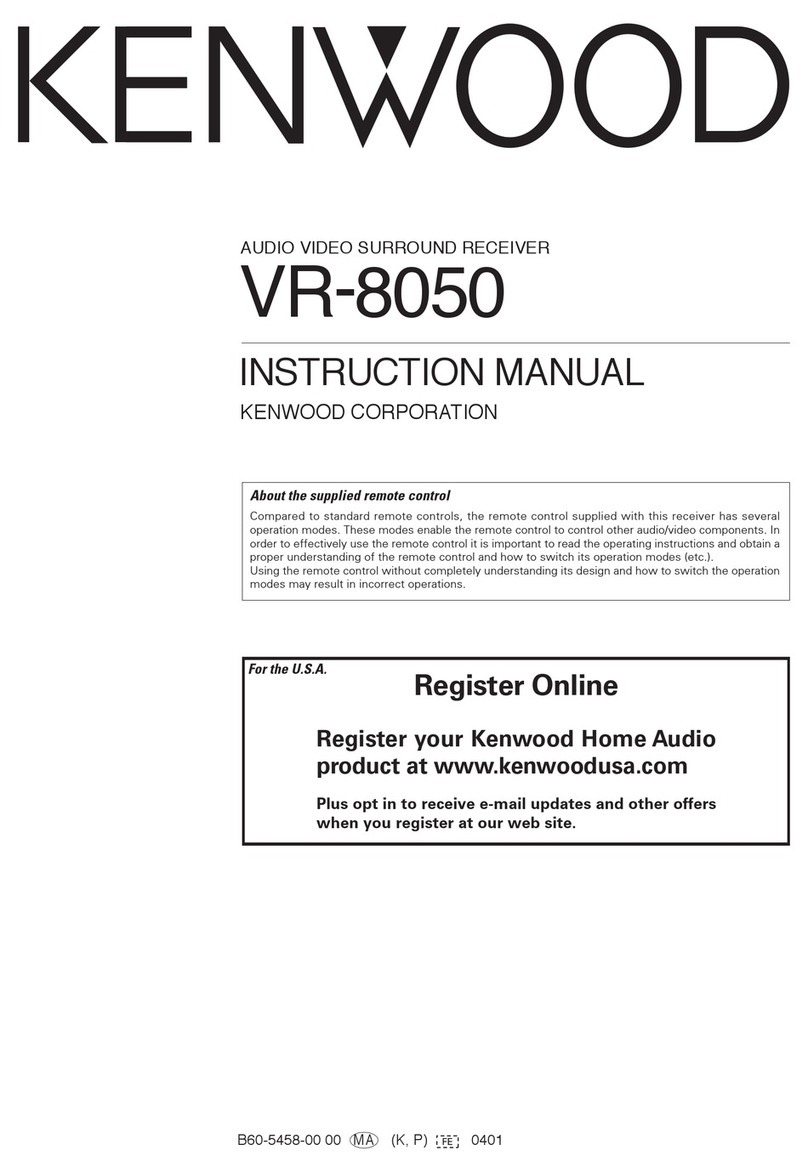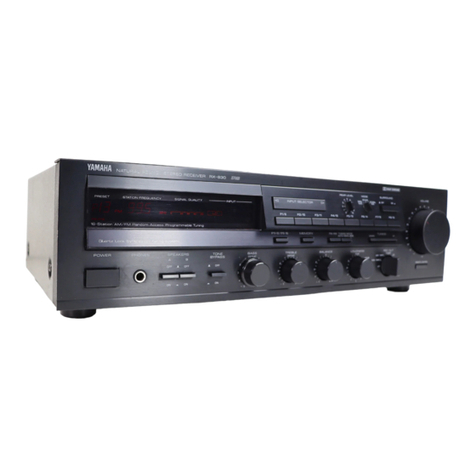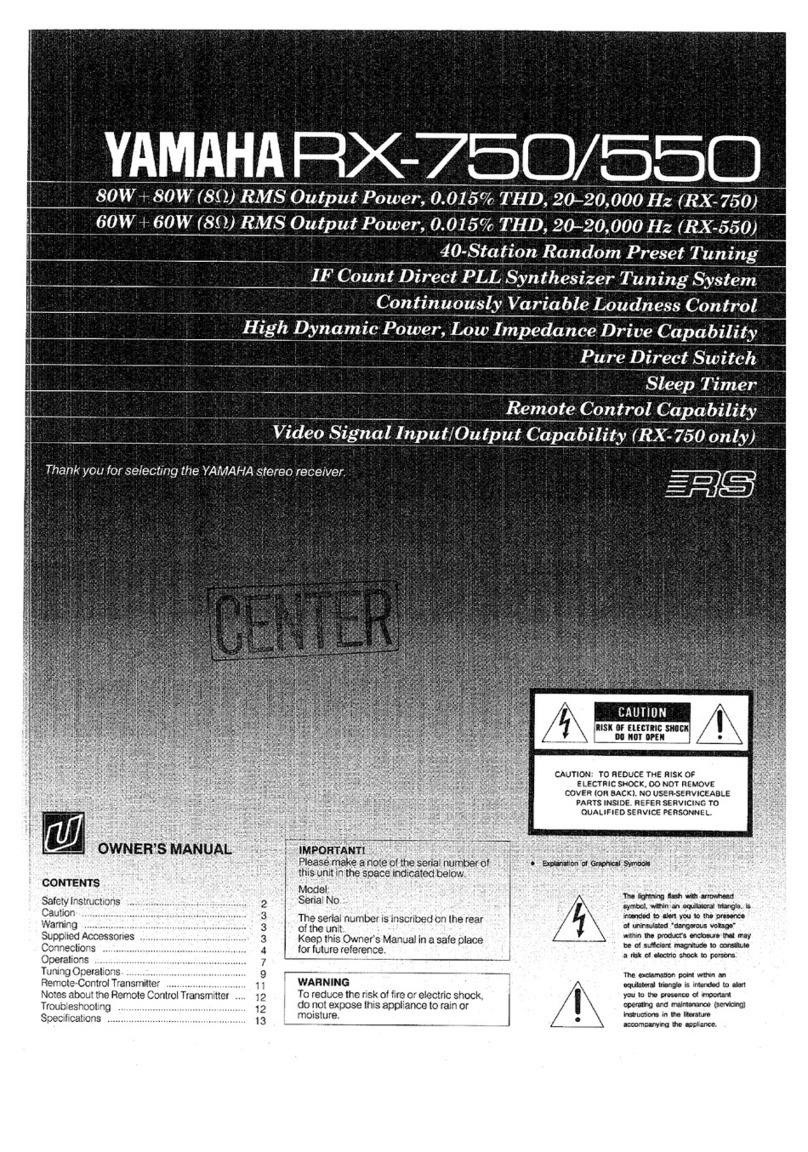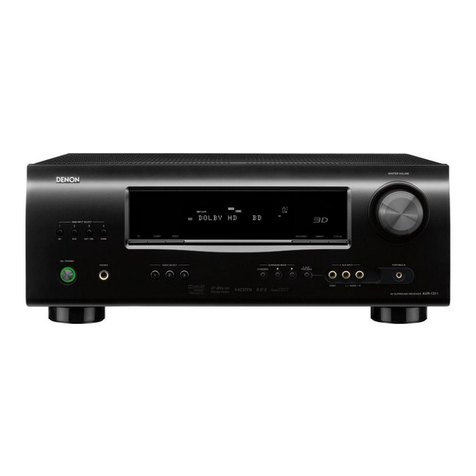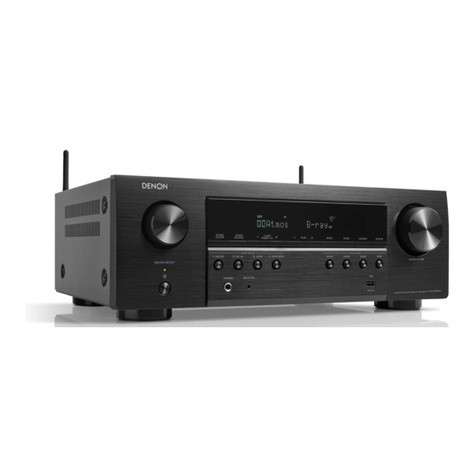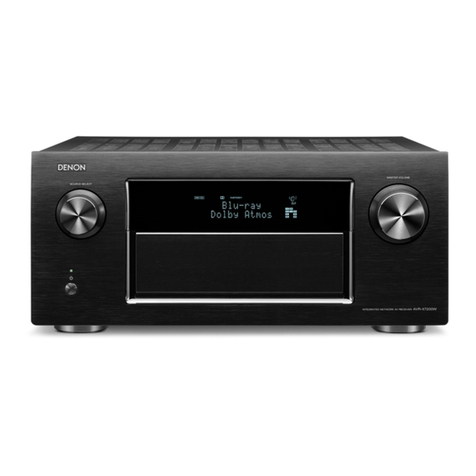Kenwood KR-A4010 User manual
Other Kenwood Stereo Receiver manuals
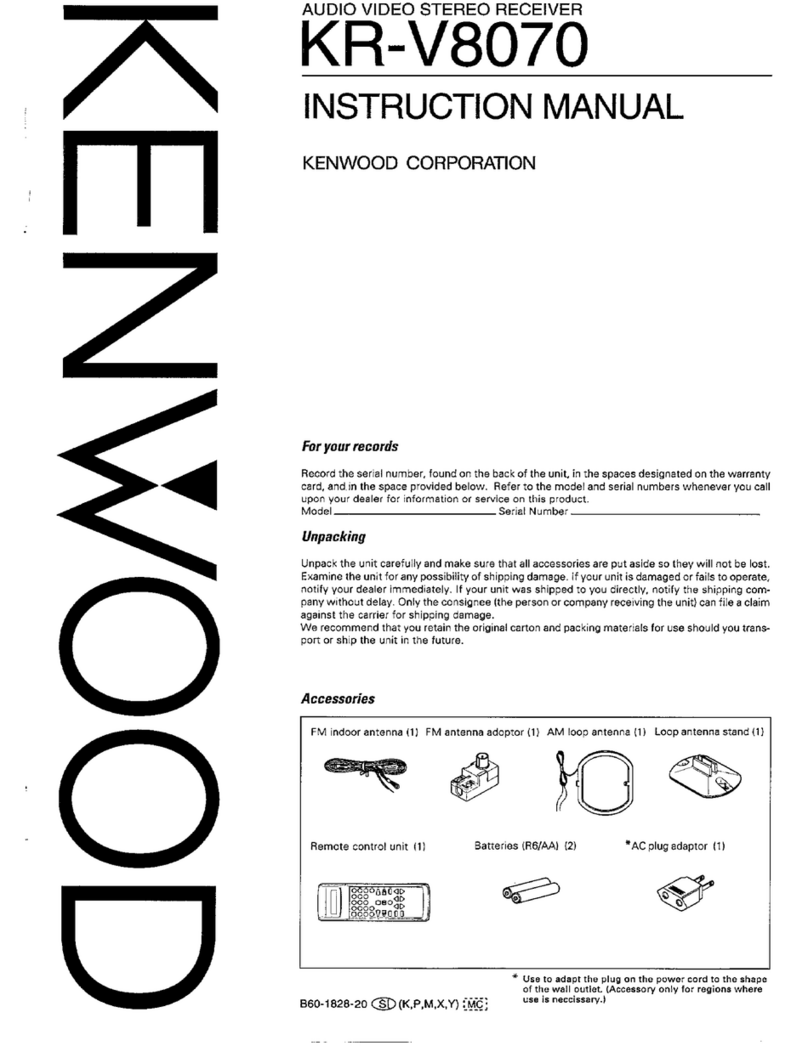
Kenwood
Kenwood KR-V8070 User manual

Kenwood
Kenwood VR-6060 User manual

Kenwood
Kenwood 104AR User manual
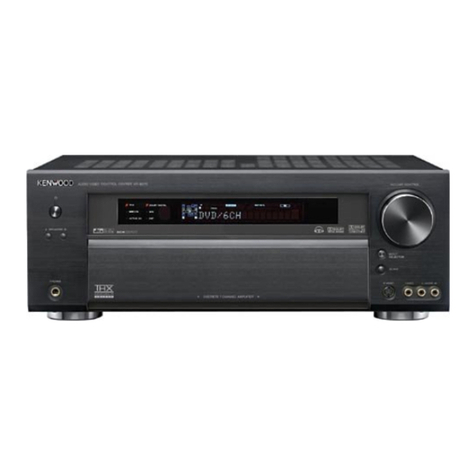
Kenwood
Kenwood VR9070 - THX-Certified Home Theater Receiver User manual

Kenwood
Kenwood KR-A4040 User manual
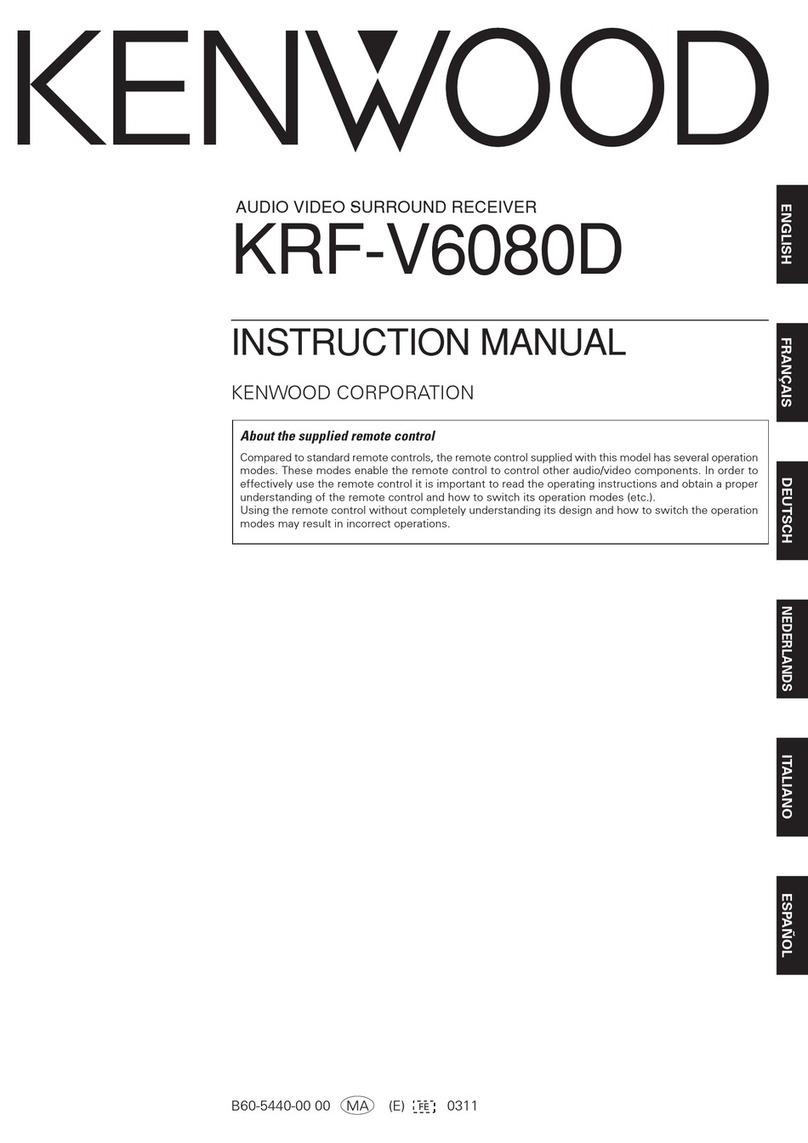
Kenwood
Kenwood KRF-V6080D User manual

Kenwood
Kenwood VR-2090 User manual
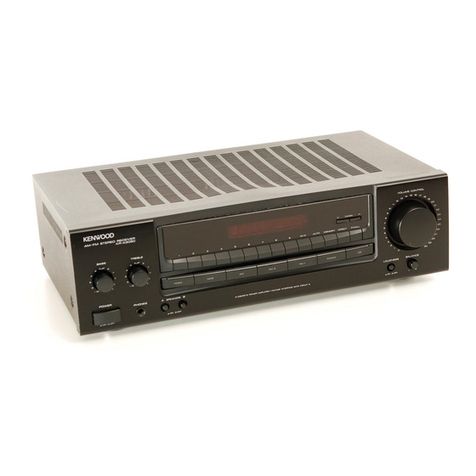
Kenwood
Kenwood KR-A3060 User manual

Kenwood
Kenwood KRF-V4530D User manual

Kenwood
Kenwood KRC-754 D User manual

Kenwood
Kenwood KR-A57R User manual
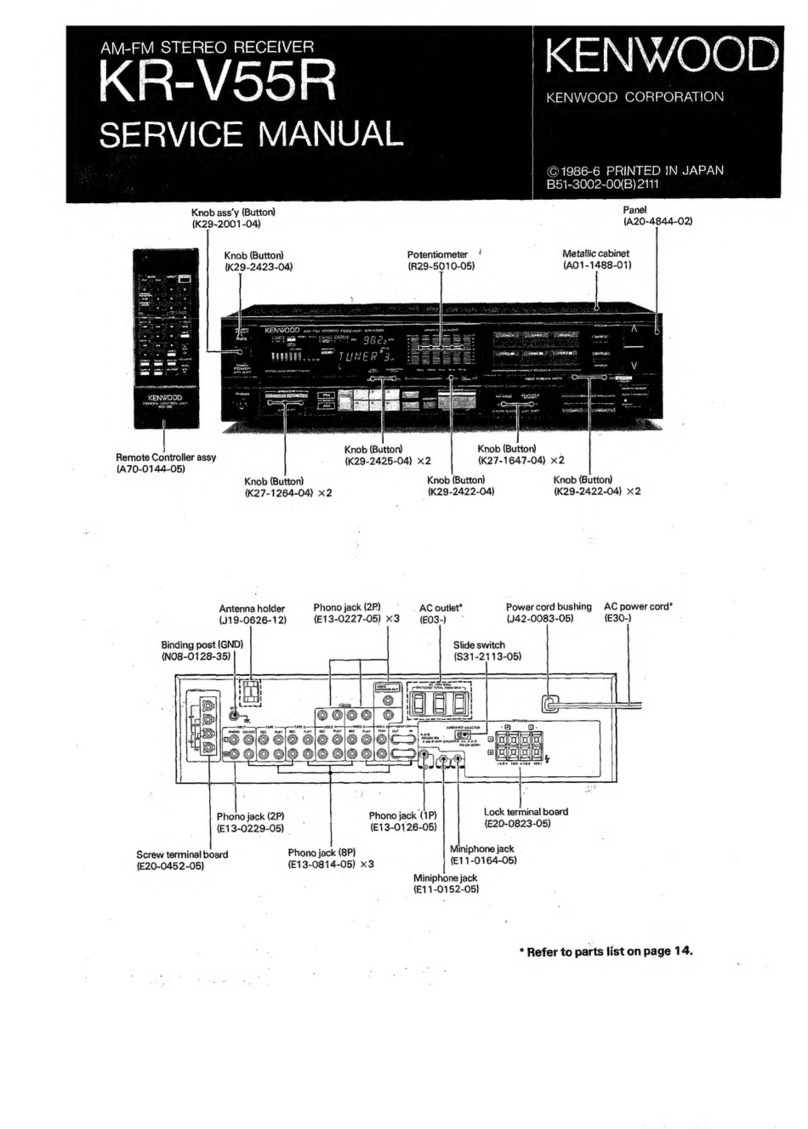
Kenwood
Kenwood KR-V55R User manual

Kenwood
Kenwood KR-7400 User manual
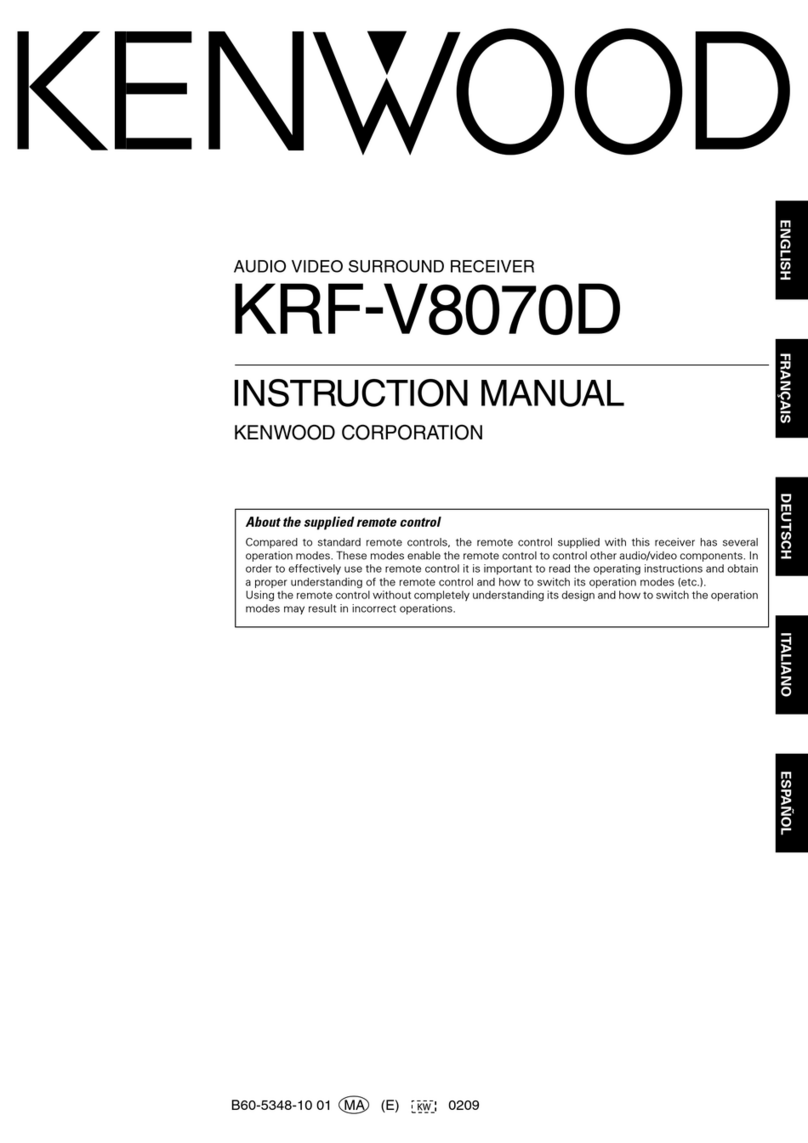
Kenwood
Kenwood KRF-V8070D User manual
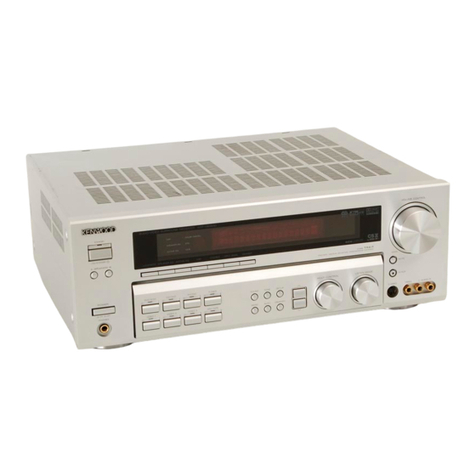
Kenwood
Kenwood KRF-V8060D User manual

Kenwood
Kenwood KR-200HT User manual

Kenwood
Kenwood KR-770 User manual
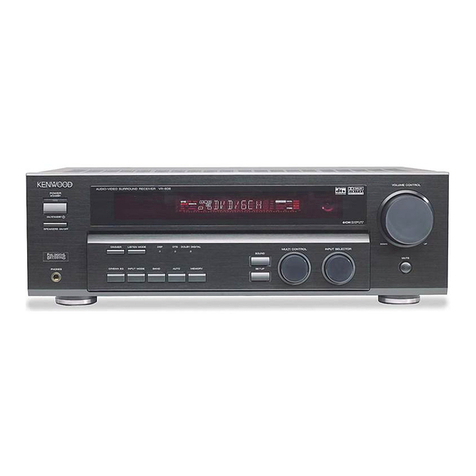
Kenwood
Kenwood VR-606 User manual
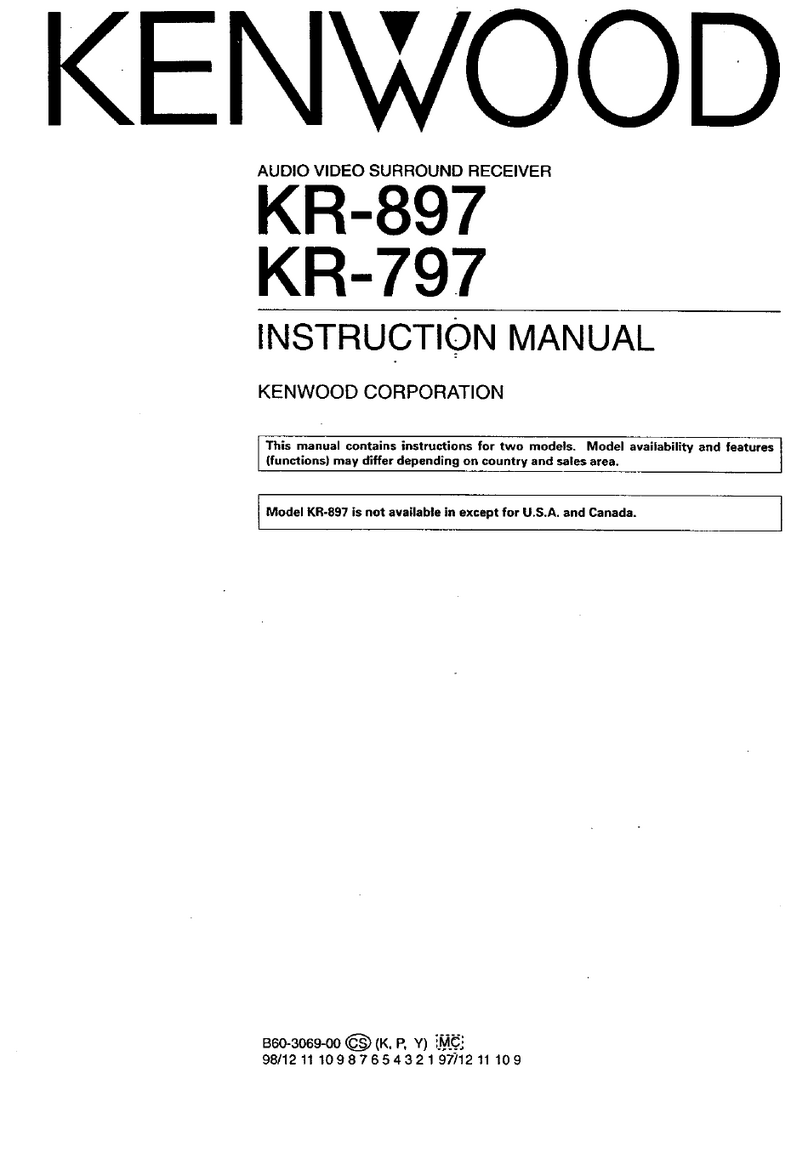
Kenwood
Kenwood KR-897 User manual

Kenwood
Kenwood 103AR User manual
Popular Stereo Receiver manuals by other brands

Yamaha
Yamaha MusicCast TSR-5B3D owner's manual
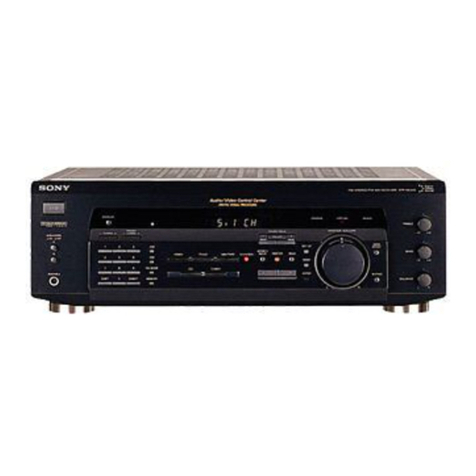
Sony
Sony STR-DE335 - Fm Stereo/fm-am Receiver operating instructions
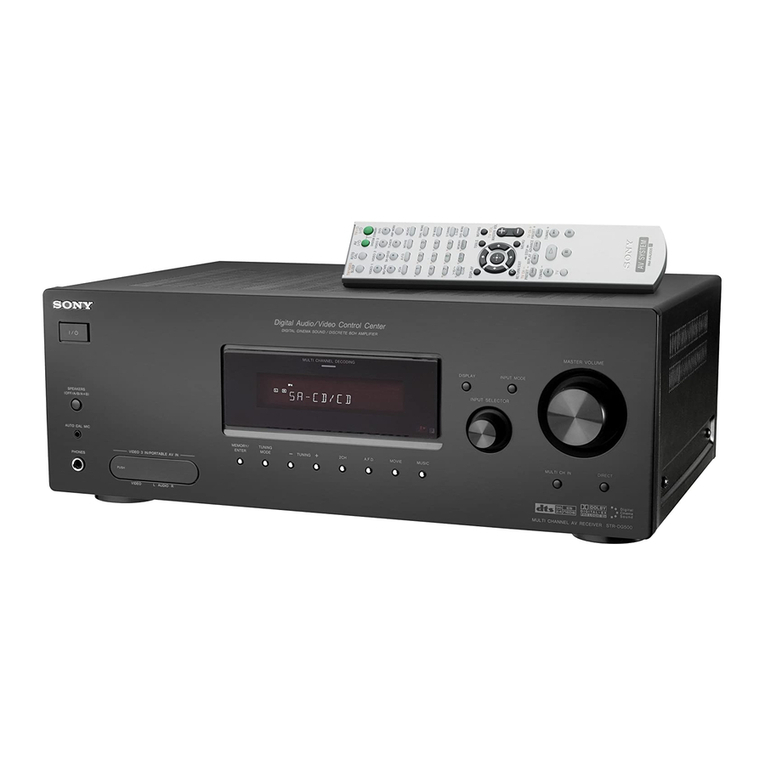
Sony
Sony STR-DG500 - Multi Channel Av Receiver Service manual

Panasonic
Panasonic AJSD955B - DVCPRO50 STUDIO DECK Brochure & specs
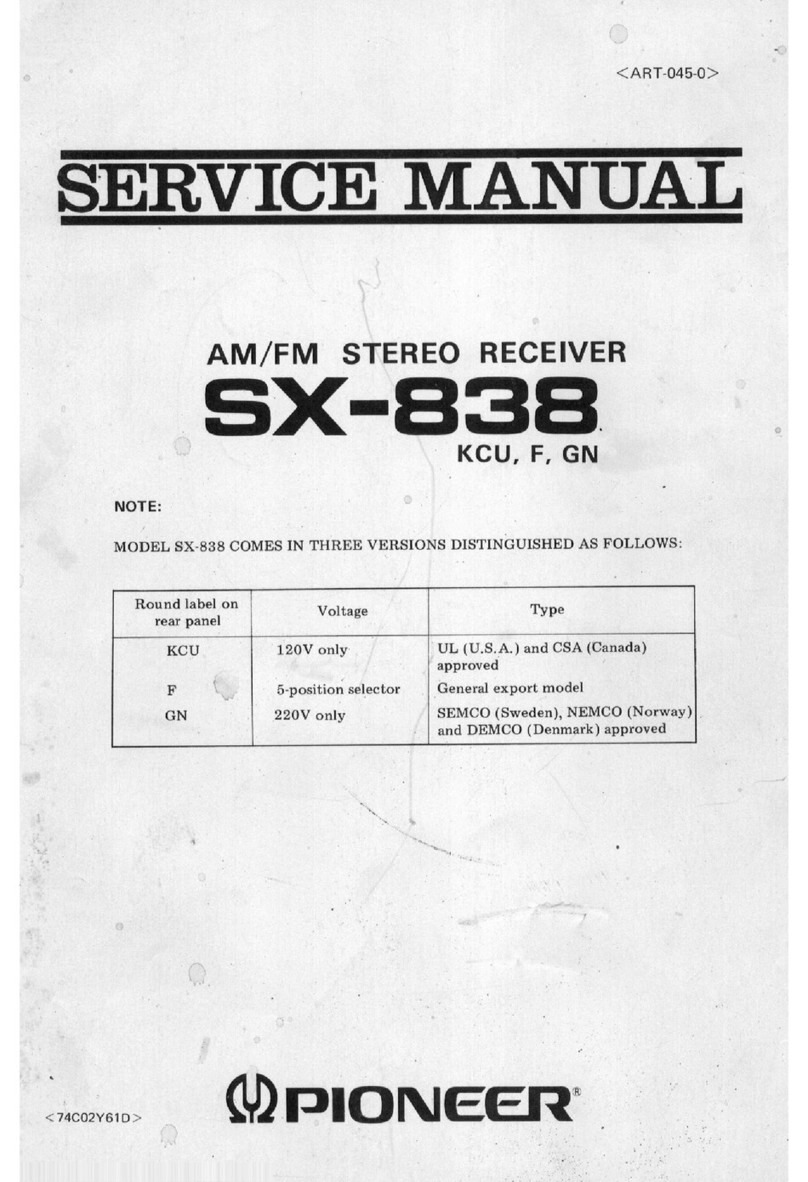
Pioneer
Pioneer SX-838 Service manual
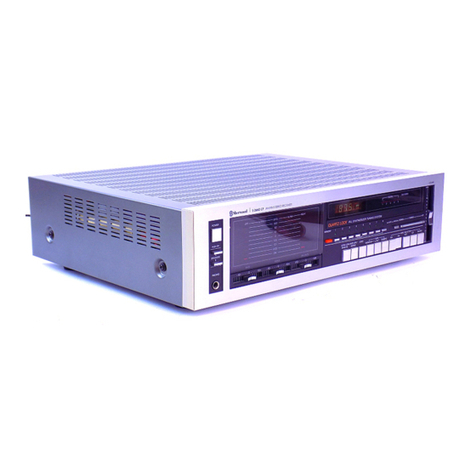
Sherwood
Sherwood S-2660CP operation instruction


